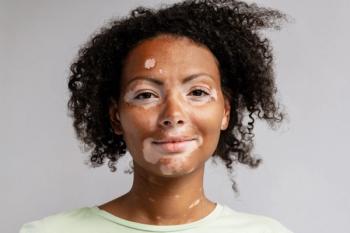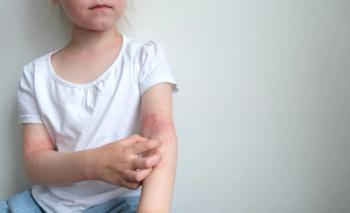
Fine Particulate Air Pollution Tied to Higher Atopic Dermatitis Risk
A new study finds that that eczema can worsen when air quality drops from good to moderate levels on the Environmental Protection Agency’s Air Quality Index.
People who live in areas with higher levels of fine particle air pollution face about twice the risk of developing atopic dermatitis (eczema), compared with those in areas with cleaner air, according to a new study that provides the most comprehensive look yet at this relationship in the United States.
The
“The odds of eczema increased with greater PM2.5 concentration in this large, diverse, adult American cohort,” the study authors wrote. “Ambient air pollution is an environmental hazard that influences inflammatory skin disease, suggesting possible targeted interventions.”
Previous research on the relationship between air pollution and atopic dermatitis showed mixed results. A 2016 national
This new study used medical records from the National Institutes of Health's
The connection remained strong even after accounting for factors such as age, sex, race, income, smoking status and other allergic conditions. Similar results have also been reported from Taiwan, Germany and Australia, which all showed about twice the eczema risk with each 10-unit increase in PM2.5.
The study found that eczema can worsen when air quality drops from "good" to "moderate" levels on the Environmental Protection Agency’s Air Quality Index, with higher pollution bringing greater risks. People with atopic dermatitis may want to stay indoors, use air filters or cover exposed skin if going outdoors when air quality hits moderate or worse levels, the study authors said.
Newsletter
Get the latest industry news, event updates, and more from Managed healthcare Executive.

















































